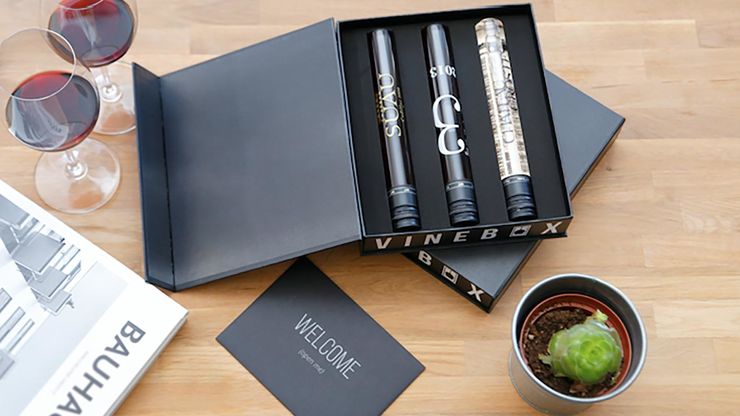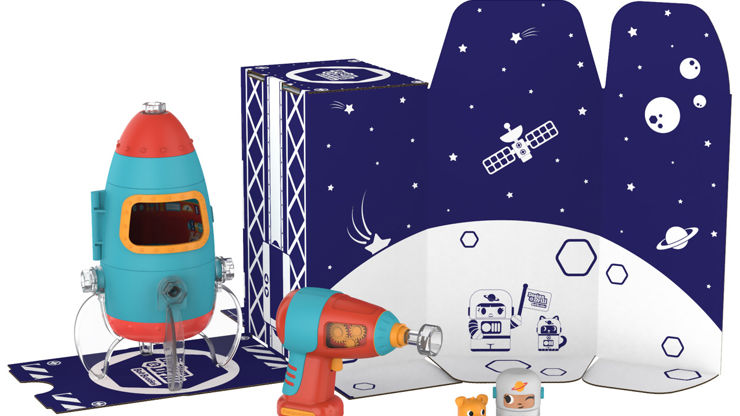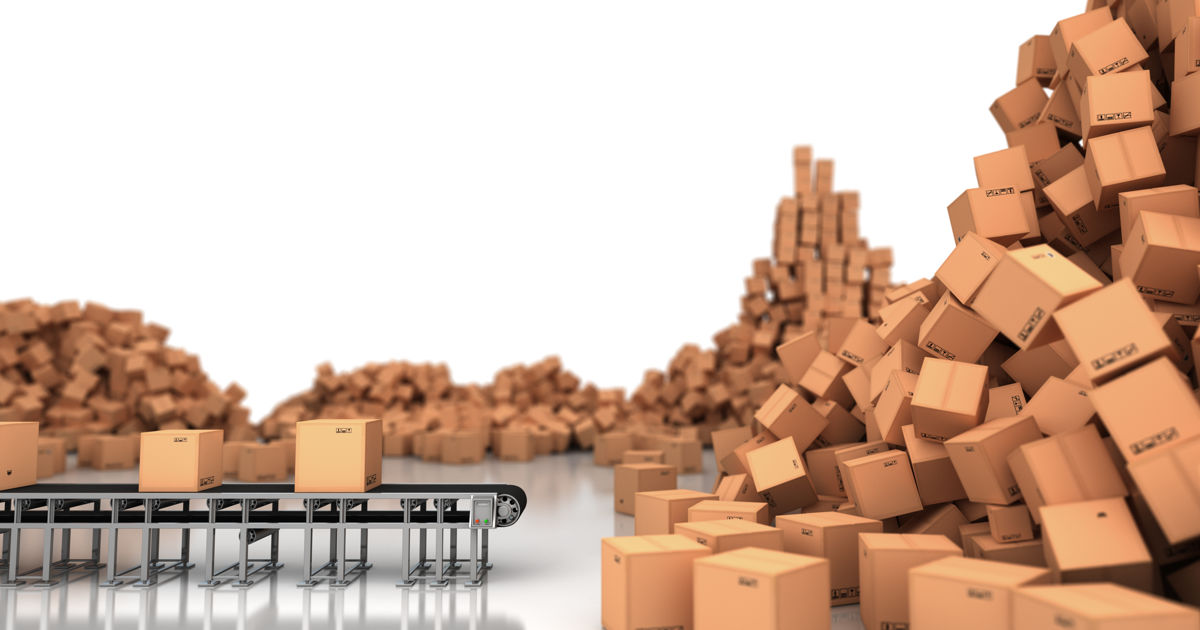How creativity can combat waste
With Covid-19 instigating a new way of living and turbo-charging our current way of shopping, Jenn Szekely, the Managing Partner USA at Coley Porter Bell, examines how clever package design can help stop us drowning in waste.
Being at home every day of the week throughout lockdown and beyond certainly focussed ones attention.
Aspects of people’s lives became magnified when they spent all their working day in their homes, as well as their evenings and weekends. Added to that, households often became more crowded as adult children returned to their parents’ homes to sit out lockdown, or partners decided to move in together.
With stores closed and everything switched to online shopping, rubbish and recycling bins were soon overflowing.
So, it’s not surprising that people’s awareness was quickly drawn to the vast quantities of household waste produced. Food shopping increased to cover multiple meals a day, and the full horror of unnecessary food packaging revealed itself. With stores closed and everything switched to online shopping, rubbish and recycling bins were soon overflowing. The sheer number of boxes, packages and products arriving on people’s doorsteps has been overwhelming for many. Every text or email received from a retailer with shipping details became a reminder of more packaging on its way.
Above: Creative packing design from Whisky Me, Garçon Wines and Nio Cocktails.
Even already conscientious shoppers took a heightened interest in packaging materials, dissecting the wrapping and containers for everything from shampoo to shoes and pasta to paint. The problem was exacerbated as single-use and contact-avoiding measures became the Covid-required norm, undoing years of gradual behaviour change to move to reusable items such as takeaway coffee cups or going bagless for supermarket home deliveries.
With the right choice of materials, waste can be transformed.
But this scrutiny has also offered a renaissance moment for packaging design, giving innovation and creativity a boost. The simple becomes the standout and, with the right choice of materials, waste can be transformed. Indeed, without the store environment to add some drama to the shopping experience, unboxing – revealing purchases through the stages of unpacking – has become a marketing strategy. Packaging becomes an active, rather than passive, product presentation.
Some brands have been ahead of the Covid curve, already adopting mailbox-sized options, with the wine and spirits category particularly enthusiastic. Garçon Wines sells its wines in flat bottles; Whisky me, a subscription whisky club, posts whisky in pouches; the monthly wine subscription service, Vinebox, delivers three 10cl vials of wine, along with tasting notes, reviews and pairing suggestions; and cocktails-in-a-box company, NIO cocktails sells ready mixed cocktails made from quality ingredients, packaged in individual boxes.
Unboxing – revealing purchases through the stages of unpacking – has become a marketing strategy.
Meanwhile, drinks giant Diageo has been exploring plastic-free bottles. It has created a paper-based spirits bottle, made from sustainably sourced wood, for its Johnny Walker whisky brand. The bottle is expected to debut next year.
Above: Vinebox's 10cl bottles and Educational Insights' rocket for which the box is part of the playing experience.
Elsewhere, some companies are developing packaging that is part of the product. For instance, toy manufacturer Educational Insights sells a toy rocket where the cardboard box packaging, with its coloured graphics, is all part of the play experience. Influencer-favourite, sustainable sneaker brand, Allbirds, has ensured its packaging not only gives a suitably impressive reveal, but also meets its environmentally focused strategy. Its recyclable, multi-use shipping/shoe box has two holes on the top so, when purchased in store, a handle can be attached without needing a bag.
For many years, the environmental focus was on recycling but now it has shifted to reusability.
Being sustainable and reducing packaging invariably means changing the materials used and for some designers that has led to particularly inventive concepts. German product designer Jonna Breitenhuber created packaging ideas from hollowed-out soap bars, while skincare brand Haeckels makes its own packaging from agar extracted from the cell walls of seaweed. For many years, the environmental focus was on recycling but now it has shifted to reusability. Hence, returns and refills are gaining ground across product categories.
Reusable packaging helps build brand recognition.
For example, natural skin and haircare brand Beauty Kitchen has an initiative called Return, Refill, Repeat across its range. Customers can return empty packaging to the brand, with free postage, where it is then cleaned and reused. And US beauty brand Glossier has used its distinctive unboxing and packaging to help make it famous. Its products are delivered in a reusable bubble pouch and social media is replete with examples of how its customers repurpose these pouches. Reusable packaging helps build brand recognition. Many brands have started to give out reusable cloth bags but Glossier has gone one step further – delivering a gift that understands that most women use pouches for their cosmetics when traveling.
Above: An unboxing of one of Glossier's products.
In many ways it is the rise of direct to consumer (DTC) brands that has been at the forefront of this activity. The direct relationship and established home delivery service means the opportunities are broader. DTC brands are now very much in the mainstream. According to the IAB UK, 97% of the UK online population are aware of at least one of the 50 leading DTC brands in the UK, 39% have purchased a product from one or more and 10% have purchased from five or more.
There is precious little to say that’s good about the coronavirus crisis, but perhaps one of the few things has been the way it has turned the spotlight on waste.
There is precious little to say that’s good about the coronavirus crisis, but perhaps one of the few things has been the way it has turned the spotlight on waste and encouraged brands to turn change into opportunity. Products need to be transported and protected, but what the best of the more creative examples demonstrate is that, with innovation and imagination, packaging can build brand loyalty and emotion, while also avoiding excessive piles of material heading straight for – at best – the recycling depot and – at worse – landfill.
)

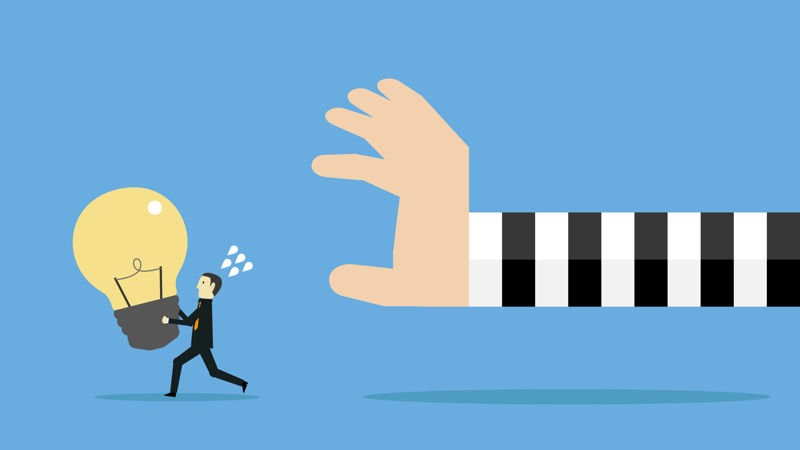
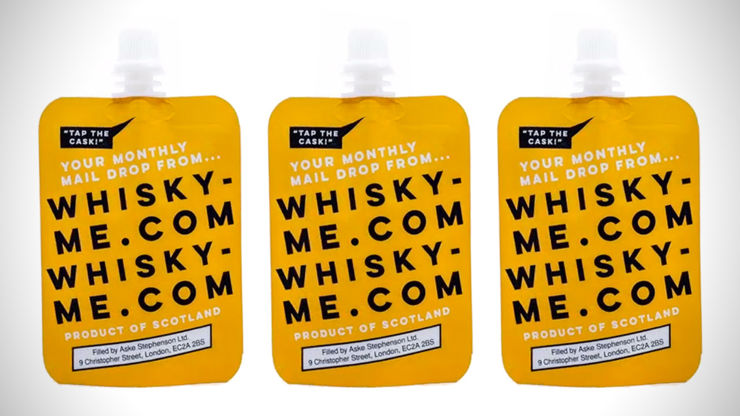

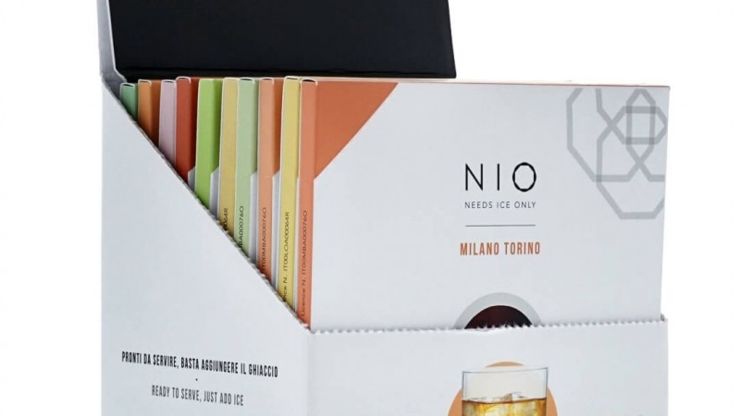


 + membership
+ membership

